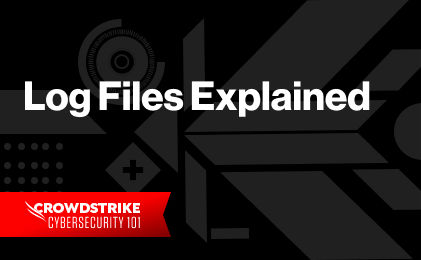Complete Guide to Next-Gen SIEM
Complete Guide to Next-Gen SIEM
The practice of log management can be challenging for organizations to do efficiently and effectively. Setting up meaningful log levels is an important step in the log management process. Logging levels allow team members who are accessing and reading logs to understand the significance of the message they see in the log or observability tools being used.
What is a logging level?
A log level is set up as an indicator within your log management system that captures the importance and urgency of all entries within the logs. They can alert you if certain events require your immediate attention or if you can continue on with your day. Logging levels can also serve as a filter for the IT team, allowing them to easily sort all log events and focus on those that are of the highest priority.
How did Log Levels Start?
Logging levels were first introduced in the 1980s with syslog, a logging solution for Sendmail, an email routing tool that enabled various mail-transfer and delivery methods. This solution was adopted by other applications and quickly became the industry standard.
Since that time, the number of programming languages has grown and the languages themselves have also evolved. Today, each programming language has its own logging framework, which allows users flexibility in the format in which data is saved, as well as how it can be exported. However, most applications continue to share many of the same logging levels or are very similar.
Why are logging levels important?
The log level acts as an alert system for the IT team as it can help flag critical issues that need immediate response. These issues may include a system outage, cyberattack or any other event that puts the organization, its data or its customers at risk of disruption, service interruption or service failure.
Because there are many categories within the logging system—ranging from those that are informational in nature to those that require immediate action—logging levels help reduce information overload and alert fatigue within the IT organization.
Logging levels also play an important role in helping the IT team focus resources on high-value, business critical issues.
Though logging levels are an extremely useful and effective monitoring tool, it is important to remember that they are essentially a labeling system. On their own, they provide no real impact on the business.
How Do Logging Levels Work?
The log level system is made up of two components:
- The logging framework, which is configured to support multiple logging levels.
- The application code, which makes logging requests.
The logger adds any application request that meets the logging level threshold set by the logging framework. All other requests are denied.
The importance of the log
Logs contains a tremendous amount of information. On its own, the log is not particularly useful because it contains too much data for humans to effectively sort and analyze.
The IT team typically relies either of the following two actions to capture and act on information within the logger:
- Filtering. The IT team can filter log events by level, displaying only those events within a specified category, such as Fatal or Error.
- Alerting. The IT team will receive a notification when a specific log event is added to a category within the logger.
The Most Common Types of Logging Levels
Generally speaking, the logging framework is organized by the following logging levels, which are listed below in descending order of urgency or importance:
- Fatal: This log level indicates that at least one system component is inoperable which is causing a fatal error within the larger system.
- Error: This log entry notes that at least one system component is inoperable and is interfering with the operability of other functionalities.
- Warn: This log message indicates that an unexpected event has occurred in an application that may disrupt or delay other processes.
- Info: This log level captures an event that has occurred, though it does not appear to affect operations. These alerts usually can be ignored, assuming the rest of the system continues to operate normally.
- Debug: The debug log captures relevant detail of events that may be useful during software debugging or troubleshooting within the test environment.
- Trace: This log level captures the execution of code. It is considered an info message and does not require action. That said, it may prove useful when the team needs full visibility within the application or a third-party library.
Some systems also rely on one of the following catch-all categories, which may serve as a default log level:
- All: All activity and events are added to the logger.
- Off: No activity or events are added to the logger.
It is also possible for the IT team to develop a custom log level, based on specific systems needs and actions. Custom levels are particularly important for those organizations that use log alerts to maintain security, manage resources or debug common software issues.
Discover the world’s leading AI-native platform for next-gen SIEM and log management
Elevate your cybersecurity with the CrowdStrike Falcon® platform, the premier AI-native platform for SIEM and log management. Experience security logging at a petabyte scale, choosing between cloud-native or self-hosted deployment options. Log your data with a powerful, index-free architecture, without bottlenecks, allowing threat hunting with over 1 PB of data ingestion per day. Ensure real-time search capabilities to outpace adversaries, achieving sub-second latency for complex queries. Benefit from 360-degree visibility, consolidating data to break down silos and enabling security, IT, and DevOps teams to hunt threats, monitor performance, and ensure compliance seamlessly across 3 billion events in less than 1 second.







